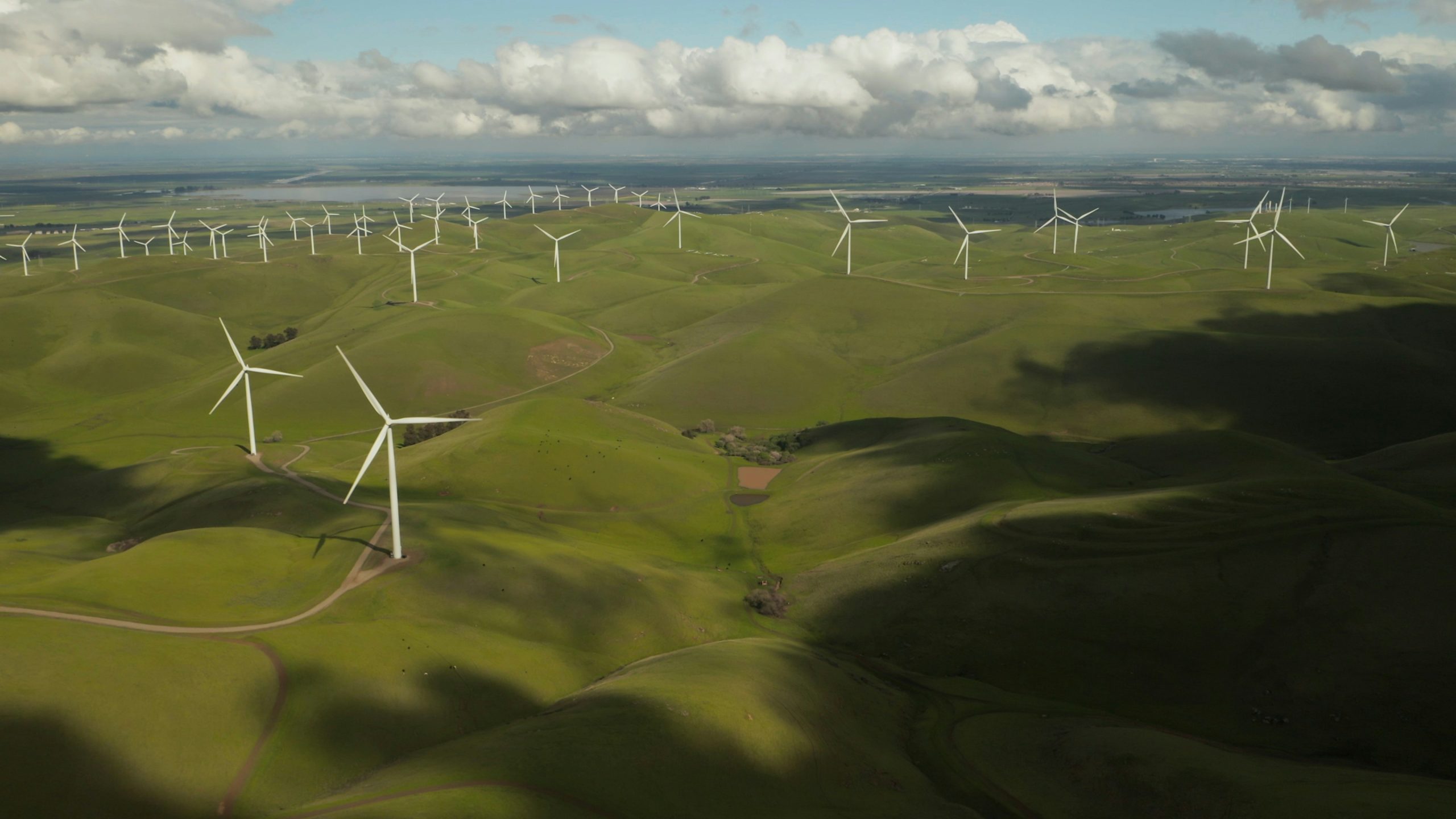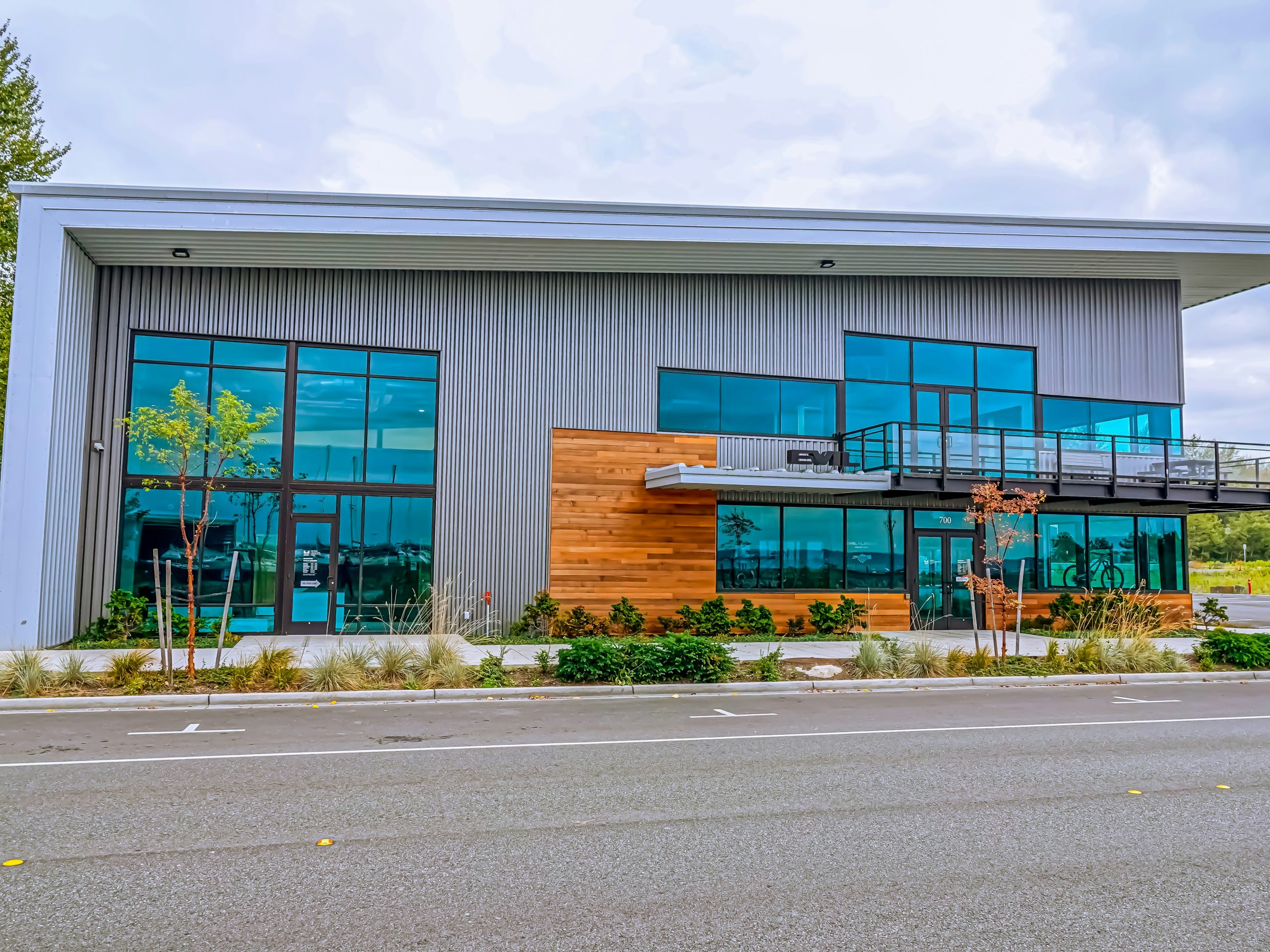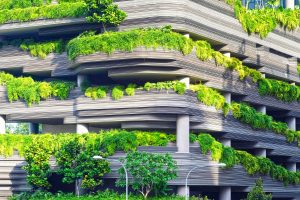In our journey towards a greener future, understanding the intersection between architecture and energy conservation is paramount. In “How Does Sustainable Architecture Save Energy?” we explore the techniques and principles that make buildings more energy-efficient and environmentally friendly. We delve into the integration of renewable resources, innovative design strategies, and advanced technologies that come together to not only reduce a structure’s carbon footprint but also enhance our quality of life. Join us as we uncover the brilliance behind sustainable architecture and its pivotal role in safeguarding our planet. Have you ever wondered how sustainable architecture saves energy? We often hear about green buildings and eco-friendly designs, but it’s fascinating to delve into the specifics of how these structures conserve resources and contribute to a healthier environment. Today, we’re going to explore the mechanics behind sustainable architecture and how these innovations help us conserve energy without compromising on comfort or aesthetics.

Introduction to Sustainable Architecture
Sustainable architecture, often referred to as green or eco-friendly architecture, is a design and construction methodology that aims to minimize the negative environmental impact of buildings. By incorporating energy-efficient materials, innovative design strategies, and sustainable resource management, we can create spaces that are not only beautiful but also kind to our planet.
In today’s world, where energy consumption and environmental degradation are critical concerns, sustainable architecture presents a viable solution. It is a holistic approach that considers the building’s entire lifecycle, from design to eventual demolition, ensuring minimal environmental impact throughout.
The Importance of Energy Conservation
Energy conservation is at the heart of sustainable architecture. Our planet’s natural resources are finite, and the traditional methods of energy generation, such as fossil fuels, are major contributors to pollution and climate change. By prioritizing energy efficiency in our buildings, we can significantly reduce our carbon footprint and work towards a more sustainable future.
Environmental Impact
Buildings are responsible for a significant portion of global energy consumption and greenhouse gas emissions. By adopting sustainable architecture practices, we can significantly reduce these impacts. Lower energy consumption means fewer emissions from power plants, leading to improved air quality and a reduced contribution to global warming.
Economic Benefits
Energy-efficient buildings can also lead to substantial economic benefits. Reduced energy consumption means lower utility bills for homeowners and businesses. Additionally, sustainable buildings often qualify for tax incentives and grants, further enhancing their financial appeal.
Health and Well-Being
Sustainable architecture goes beyond energy conservation. It also focuses on creating healthier indoor environments through the use of non-toxic materials, improved air quality, and natural lighting. These elements contribute to the overall well-being of the occupants, making sustainable buildings not only eco-friendly but also people-friendly.
Key Elements of Sustainable Architecture
There are several key elements that define sustainable architecture. By understanding these components, we can better appreciate how they contribute to energy conservation.
Energy-Efficient Design
Energy-efficient design is a cornerstone of sustainable architecture. It involves strategic planning and implementation of design principles that minimize energy consumption while maximizing comfort and functionality.
Building Orientation
The orientation of a building can significantly impact its energy efficiency. By positioning a building to take advantage of natural light and prevailing winds, we can reduce the need for artificial lighting and mechanical cooling or heating.
Passive Design
Passive design strategies harness natural energy flows to maintain indoor thermal comfort. Techniques such as using thermal mass, natural ventilation, and strategic shading can help regulate temperature without relying on additional energy sources.
Sustainable Materials
The choice of materials plays a vital role in sustainable architecture. Using eco-friendly and energy-efficient materials can drastically reduce a building’s environmental footprint.
Recycled and Renewable Materials
Opting for recycled or renewable materials, such as reclaimed wood, bamboo, or recycled metal, can significantly cut down on the energy required for material production and transportation.
Insulation
Proper insulation is critical for reducing energy consumption in buildings. High-quality insulation materials help maintain a consistent indoor temperature, reducing the need for heating and cooling.
Renewable Energy Sources
Incorporating renewable energy sources into building design can drastically reduce reliance on non-renewable energy.
Solar Power
Solar panels can be installed on rooftops or integrated into building facades to generate electricity. Additionally, solar thermal systems can be used for water heating, reducing the demand for conventional energy sources.
Wind Energy
In some locations, small-scale wind turbines can be an effective way to generate renewable energy. These systems can be integrated into the building design or placed on the property to supplement energy needs.
Water Conservation
Water conservation is another critical aspect of sustainable architecture. Efficient water use not only conserves this precious resource but also reduces the energy required for water heating and treatment.
Low-Flow Fixtures
Installing low-flow fixtures, such as faucets, showerheads, and toilets, can significantly reduce water consumption without compromising performance.
Rainwater Harvesting
Rainwater harvesting systems collect and store rainwater for non-potable uses such as irrigation and toilet flushing. This reduces the demand for treated water and the energy required to process it.
Technologies Enhancing Energy Efficiency
Innovations in technology have greatly enhanced the potential for energy savings in sustainable architecture. By integrating these technologies, we can further optimize building performance.
Smart Building Systems
Smart building systems use sensors and automation to monitor and control various building functions, improving energy efficiency and occupant comfort.
HVAC Control
Smart HVAC systems can adjust heating, ventilation, and air conditioning settings based on occupancy patterns, outside weather conditions, and indoor air quality. This ensures that energy is used efficiently, without wasting it on unoccupied spaces.
Lighting Control
Automated lighting systems can adjust brightness based on natural light availability and occupancy. This minimizes electricity usage while maintaining optimal lighting conditions.
Advanced Building Materials
Innovations in building materials have also contributed to energy efficiency.
Phase Change Materials (PCMs)
PCMs can absorb and release thermal energy during phase transitions, helping to stabilize indoor temperatures and reduce the need for mechanical heating and cooling.
Electrochromic Glass
Electrochromic glass, also known as smart glass, can change its transparency in response to an electric current. This allows for dynamic control over light and heat entering the building, reducing the need for artificial lighting and climate control.

Case Studies of Successful Sustainable Architecture
To better understand how sustainable architecture saves energy, let’s look at some successful examples.
The Bullitt Center, Seattle, USA
The Bullitt Center is often hailed as the greenest commercial building in the world. It incorporates several sustainable design elements and technologies, making it a model for energy-efficient construction.
| Feature | Description |
|---|---|
| Solar Power | The building is powered entirely by solar energy, with an array of photovoltaic panels on the roof. |
| Rainwater Harvesting | The Bullitt Center collects and treats rainwater on-site, reducing reliance on municipal water supplies. |
| Net-Zero Energy | The building operates on net-zero energy, meaning it produces as much energy as it consumes. |
Bosco Verticale, Milan, Italy
Bosco Verticale, or Vertical Forest, is a pair of residential towers covered in trees and shrubs. This unique design provides numerous environmental benefits.
| Feature | Description |
|---|---|
| Green Facade | The vegetation helps to absorb CO2, produce oxygen, and provide natural insulation. |
| Natural Ventilation | The design allows for natural ventilation, reducing the need for mechanical cooling and heating. |
| Biodiversity | The plants create a habitat for various species, promoting urban biodiversity. |
Challenges in Implementing Sustainable Architecture
While the benefits of sustainable architecture are clear, there are also challenges to consider. Addressing these challenges is crucial for the widespread adoption of energy-efficient building practices.
Initial Costs
One of the primary barriers to sustainable architecture is the higher initial cost. Sustainable materials and technologies can be more expensive than conventional options, making it a tougher sell for developers and property owners.
Maintenance and Durability
Another concern is the maintenance and durability of sustainable features. For instance, green roofs require regular upkeep, and some advanced materials may have longevity issues. Ensuring the long-term viability of these elements is essential for continued energy savings.
Regulatory Hurdles
There are also regulatory challenges to contend with. Building codes and zoning laws may not always accommodate innovative sustainable design features, necessitating advocacy and policy changes to facilitate greener buildings.

Government and Private Sector Roles
Both the government and the private sector play pivotal roles in promoting and supporting sustainable architecture.
Government Initiatives
Government policies and incentives can drive the adoption of sustainable practices. By offering tax breaks, grants, and other financial incentives, governments can alleviate some of the financial burdens associated with sustainable construction.
| Initiative | Description |
|---|---|
| Tax Incentives | Governments can offer tax credits or deductions for energy-efficient buildings and renovations. |
| Grants and Subsidies | Financial assistance can be provided to offset the higher initial costs of sustainable projects. |
| Building Regulations | Implementing stricter building codes can mandate higher energy efficiency standards. |
Private Sector Contributions
The private sector can also champion sustainable architecture by investing in research and development and adopting green building practices.
| Initiative | Description |
|---|---|
| Corporate Responsibility | Companies can commit to sustainable practices in their operations and buildings. |
| Innovation and Technology | Investing in R&D can lead to new technologies that make sustainable buildings more accessible and affordable. |
| Market Demand | As consumer awareness grows, demand for sustainable buildings increases, incentivizing developers to adopt green practices. |
Future Trends in Sustainable Architecture
The field of sustainable architecture is continually evolving, with exciting trends on the horizon. These advancements promise even greater energy savings and broader environmental benefits.
Biophilic Design
Biophilic design emphasizes the connection between people and nature, incorporating natural elements into the built environment. This approach can enhance well-being while promoting sustainability.
| Element | Benefit |
|---|---|
| Natural Materials | Using materials like wood and stone can reduce the environmental impact of construction. |
| Indoor Plants | Incorporating indoor plants improves air quality and offers psychological benefits. |
| Water Features | Water elements can cool the environment naturally and create a calming atmosphere. |
Circular Economy
A circular economy aims to minimize waste and make the most of resources. In sustainable architecture, this involves designing buildings for disassembly and reuse of materials.
| Principle | Implementation |
|---|---|
| Modular Design | Creating buildings with interchangeable parts facilitates easier updates and repairs, extending the building’s lifespan. |
| Material Reuse | Using reclaimed materials and designing for future deconstruction can reduce the need for new resources. |
| Waste Minimization | Implementing waste management strategies during construction can conserve resources and reduce landfill use. |
Smart Cities
Smart cities integrate technology and sustainable practices at an urban scale. These cities aim to optimize resource use and enhance quality of life through intelligent infrastructure.
| Aspect | Example |
|---|---|
| Energy Management | Smart grids and energy-efficient buildings reduce overall energy consumption. |
| Transportation | Electrified and automated public transport systems reduce emissions and congestion. |
| Water Management | Advanced systems monitor and manage water use, reducing waste and conserving resources. |
Conclusion
Sustainable architecture represents a promising pathway to significant energy savings and a more sustainable future. By incorporating energy-efficient design principles, sustainable materials, and innovative technologies, we can create buildings that are not only environmentally friendly but also economically viable and healthier for their occupants.
We’ve seen how the strategic orientation of buildings, the use of renewable energy sources, and the implementation of smart systems can considerably reduce energy usage. Successful examples like the Bullitt Center and Bosco Verticale illustrate the tangible benefits of these practices.
While there are challenges to overcome, the combined efforts of the government and private sector can help make sustainable architecture the norm rather than the exception. As we look to the future, trends like biophilic design, the circular economy, and smart cities hold immense potential for even greater advancements in this field.
Ultimately, sustainable architecture is more than just a trend; it’s a necessary evolution in how we build and live. By continuing to explore and invest in these practices, we pave the way for a future where our buildings contribute positively to the environment and our well-being.



